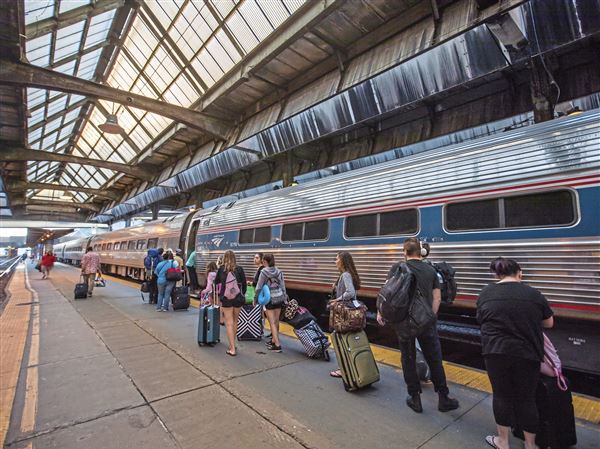About every three days, an oil and gas worker was killed on the job in 2012 -- and in 2011 and 2010. In the U.S., fatalities in the booming industry have climbed to the highest level since the U.S. Bureau of Labor and Statistics began keeping score in 1992.
Last year, nonfatal accidents jumped as well, from a five-year low of 1,400 in 2011 to a five-year high of 2,600.
But even with that spike, the oil and gas industry's rate of nonfatal injuries is still far below the average for all private industries and has been for years.
That underscores the industry's safety culture, which John Snawder, a research toxicologist with the National Institute for Occupational Safety and Health, said is regarded with a "big, giant, capital's.' "
It also means that when things go wrong in the oil and gas fields, it's much more likely to be a "DRT" injury -- "Dead Right There," Mr. Snawder said at a recent health conference in Pittsburgh.
The fatality rate in the oil and gas industry is between five and seven times higher than for private employees in general. Agriculture, fishing and forestry occupations have the highest death rates.
On Nov. 14, NIOSH, along with the Occupational Safety and Health Administration and industry partners, organized a national stand down -- a break in regular work activities so employees could discuss safety lessons. The mining industry has had stand downs for years.
Texas-based Range Resources hosted the stand down for about 200 industry employees at its Appalachian headquarters in Southpointe, according to spokesman Mark Windle.
Cecil-based Consol Energy Inc. participated as well.
Indiana University of Pennsylvania welcomed about 250 students and faculty for the stand down, according to Laura Helmrich-Rhodes, an associate professor of safety sciences.
She said the school was approached to host an event, which included tuning in to a national webinar, by the STEPS of PA network, a regional chapter of a group that brings industry and government safety experts together to discuss best practices. Since its inception in late 2011, the Pennsylvania group has tackled concerns ranging from muskrats attacking workers on well sites to deadly falls from rigs.
Data for Pennsylvania fatalities were not available for 2012, according to the Bureau of Labor and Statistics. In 2011, at least four oil and gas workers died in the state.
"Job gains in oil and gas and construction have come with more fatalities, and that is unacceptable," said U.S. Secretary of Labor Thomas Perez in August, when preliminary data were first published.
Many of the fatalities, 40 percent, are the result of transportation accidents, according to data from 2003 to 2009 presented by Ryan Hill, program manager for NIOSH's Western States Office, during the Nov. 14 stand down webinar. About half of the workers involved in crashes were not wearing a seat belt, he said.
"Operating a vehicle in the oil and gas industry presents a unique hazard," Mr. Hill said. Driving often takes workers into rural, isolated areas, where gravel roads "lack many of the safety features on highways."
Long workdays also raise concerns about driver fatigue.
Looking at more recent data, from 2012, Mr. Hill pinpointed several emerging trends, including a rise in deaths of older workers, more falls from height, and fires and explosions.
First Published: December 1, 2013, 2:18 a.m.















